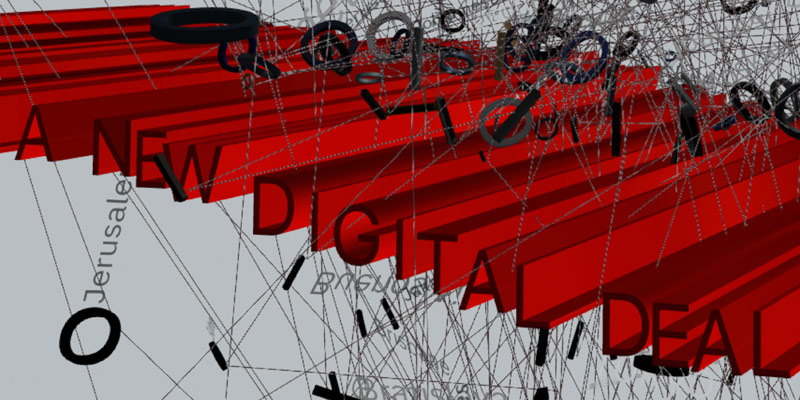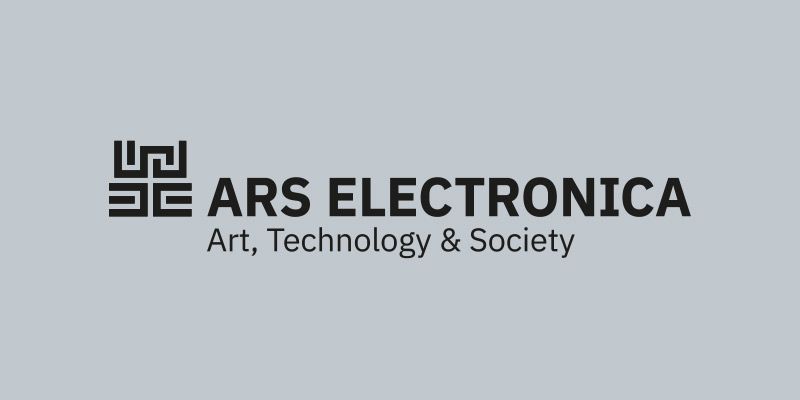Robotics
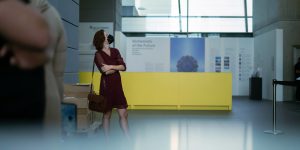
Alchemists of the Future: (Special) Guided Journey
Ars Electronica Futurelab (AT)
Entmystifizieren Sie die Zukunft für sich selbst und lassen Sie sich mit unseren Guided Journeys von Infotrainer*innen, mit Special Guided Journeys durch Künstler*innen und Forscher*innen aus dem Ars Electronica Futurelab oder auch online in die Zukunft führen.

Alchemists of the Future – The Journey
Ars Electronica Futurelab (AT)
Alchemists of the Future führt Sie auf eine Reise durch Visionen und Ideen aus dem Ars Electronica Futurelab. Werfen Sie einen Blick in die Blackbox der Technologien der Zukunft, um zu entlarven was dahintersteckt, und erwerben Sie fundiertes Wissen über neue Trends und deren Auswirkungen auf weite Bereiche unseres täglichen Lebens. Lassen Sie sich in Guided Journeys von unseren Infotrainer*innen, in Special Guided Journeys durch Künstler*innen und Forscher*innen aus dem Ars Electronica Futurelab oder auch online in die Zukunft führen.
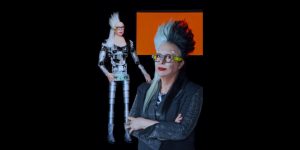
RECONNECTING ORLAN AND THE ORLANOÏDE
ORLAN (FR)
In this pivotal new work developed in collaboration with Science Gallery Dublin, ORLAN will join us virtually from Paris in a brand new performance through a connection between the artist and the artist’s replica: ORLANOÏDE, who will perform live from the stage in the Paccar Theatre at Science Gallery at Trinity College Dublin.

Beyond human art: creation and the posthuman
Sofian Audry (CA), Edwige Armand (FR), Gisèle Trudel (CA), Navid Navab (CA), Danny Perreault (CA)
Can nonhuman machines and processes have any pretension to “originate anything”? Can art exist outside of its human framework, decoupled from the socio-techno-cultural context in which it is produced? How can we (re)imagine artistic creation in this new posthuman paradigm? In this round table, the participants approach these questions through the themes of metacreation, nonhuman creation in plants, ecosystems, environments, and excitable matter(ials), as well as human-nonhuman collaboration and co-creation.
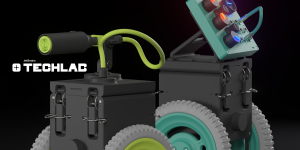
Human-Robot Interaction
Michael Tesar
At JetBrains Techlab, we focus on adaptive human-robotic interaction and mobile robotics. An important element of such a system is human-robot interaction (HRI), which ensures that the robotic system is performing the task correctly and in a safe way, for itself and the environment, including humans. The presentation covers an introduction to HRI, how to make HRI safe, and how humans can benefit from such an interaction.
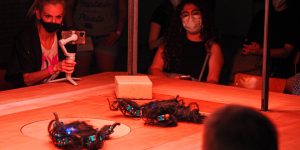
Simple Machines
Ugo Dehaes (BE)
Simple Machines ist eine Lecture-Performance, in der gezeigt wird, wie Roboter geboren werden, angefangen von schleimigen Kokons bis hin zu glänzenden Maschinen. Durch künstliche Intelligenz lernen diese Kreaturen, selbst zu tanzen und ihre eigene Show zu gestalten.
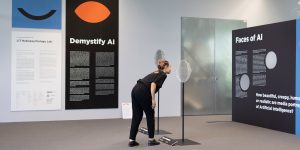
DEMYSTIFY AI!
LIT Robopsychology Lab JKU Linz (AT)
m einen demokratischeren, realistischeren, kritischeren und konstruktiveren Diskurs zu ermöglichen, bedarf es einer Entmystifizierung von KI und einer Förderung der KI-Kompetenz in der breiten Öffentlichkeit. Vor diesem Hintergrund präsentiert das LIT Robopsychology Lab einen interaktiven Bereich, der aus mehreren Installationen besteht, die sich mit Themen wie der Erklärbarkeit von maschinellen Lernsystemen, der gemeinsamen Entscheidungsfindung mit einem Sprachassistenten und aktuellen medialen Darstellungen von KI beschäftigen.
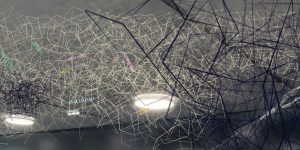
A Student’s Perspective
Lisa Caligagan (AT)
Much like the aftermath of the past COVID semesters still lingers, the textile data cloud "A Student's Perspective" hovers above us as a reminder, reflector and guide. Between countable minutes spent on Zoom and distances covered on walks, the visualization of distressing events overshadows the rest of the image.
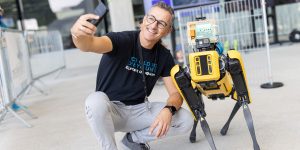
Magic Eye
Andreas Stelzer (AT) Institute for Communications Engineering and RF-Systems JKU, Andreas Müller (DE) Institute of Robotics JKU, Reinhard Feger (AT), Hubert Gattringer (AT), Masoud Farhadi (IR), Robert Sturmlechner (AT), Richard Hüttner (AT) all JKU
Die Erfassung der Umgebung auch unter schwierigsten äußeren Bedingungen ist eine Voraussetzung für autonome Fahrzeuge und Maschinen. Am Beispiel eines Millimeterwellenradars in symbiotischer Verbindung mit einem vierbeinigen Roboter wird das Prinzip der synthetischen Apertur und die Detektion von Hindernissen oder versteckten Objekten in spielerischer Umgebung dargestellt.
